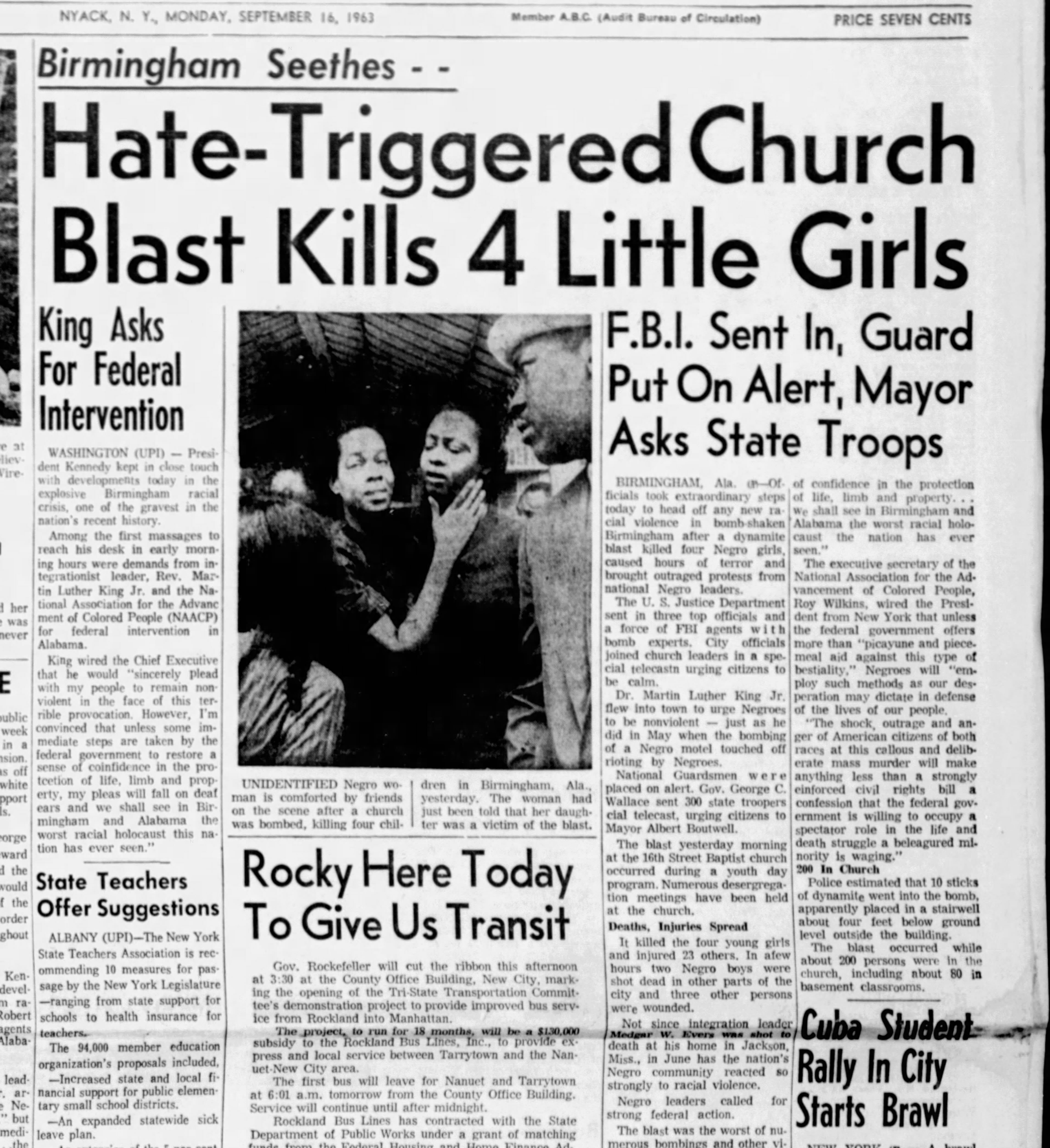News Articles for Dummies
News Articles for Dummies
Blog Article
The Facts About News Articles Uncovered
Table of ContentsHow News Articles can Save You Time, Stress, and Money.The Facts About News Articles UncoveredRumored Buzz on News ArticlesSome Known Incorrect Statements About News Articles Some Known Facts About News Articles.
Good expertise of different topics gives pupils a competitive edge over their peers. Even though digital and social media sites are conveniently accessible, we should not forget exactly how crucial it is to review the newspapers. Parents should try and inculcate the routine of reviewing a paper as a daily routine to continue the heritage of the adored print tool.News tales also consist of at the very least one of the complying with vital features loved one to the designated audience: proximity, importance, timeliness, human interest, peculiarity, or effect.
Within these restrictions, newspaper article also aim to be comprehensive. Nonetheless, various other aspects are entailed, some stylistic and some originated from the media kind. Amongst the bigger and much more reputable newspapers, fairness and equilibrium is a major consider presenting details. Discourse is generally constrained to a different area, though each paper might have a different overall slant.
Papers with a global target market, for instance, tend to make use of an extra formal style of writing. News Articles.; typical design guides include the and the US Information Style Book.
The 30-Second Trick For News Articles
As a regulation, reporters will certainly not make use of a lengthy word when a short one will certainly do. They make use of subject-verb-object building and vivid, active prose (see Grammar). They supply anecdotes, examples and allegories, and they hardly ever depend upon generalizations or abstract ideas. Information authors try to avoid making use of the exact same word extra than as soon as in a paragraph (often called an "resemble" or "word mirror").
Headings often omit the topic (e.g., "Leaps From Boat, Catches in Wheel") or verb (e.g., "Pet cat woman lucky"). A subhead (additionally subhed, sub-headline, subheading, subtitle, deck or dek) can be either a secondary title under the primary headline, or the heading of a subsection of the post. It is a heading that comes before the primary text, or a group of paragraphs of the main text.

Added billboards of any of these kinds may appear later in the article (particularly on succeeding web pages) to lure further reading. Such billboards are also utilized as pointers useful reference to the article in other sections of the publication or website, or as advertisements for the piece in various other publication or sites. Regular structure with title, lead paragraph (recap in vibrant), other paragraphs (information) and contact information.

Example of a hard-lead paragraph NASA is recommending an additional space task. The budget requests approximately $10 billion for the job.
The NASA statement came as the agency requested $10 billion of appropriations for the project. An "off-lead" is the 2nd essential front web page information of the day. The off-lead shows up either in the leading left corner, or straight listed below the lead on the. To "hide the lead" is to begin the short article with background info or details of second importance to the readers, requiring them to read even more deeply right into a post than they must have to in order to discover the vital points.
Excitement About News Articles
Typical use is that a person or more sentences each develop their own paragraph. Journalists typically define the organization or structure of an information helpful resources story as an inverted pyramid. The vital and most interesting components of a tale are put at the beginning, with supporting details adhering to in order of reducing relevance.
It permits individuals to discover a subject to just the depth that their curiosity takes them, and without the imposition of details or nuances that they can consider irrelevant, but still making that details readily available to extra interested readers. The inverted pyramid framework likewise enables posts to be trimmed to any approximate length during layout, to suit the area available.
Some writers begin their stories with the "1-2-3 lead", yet there are many kinds of lead available. This layout inevitably begins with a "Five Ws" opening paragraph (as defined above), adhered to by an indirect quote that offers to sustain a significant element of the initial paragraph, and afterwards a direct quote to sustain the indirect quote. [] A kicker can describe numerous points: The last story in the information program; a "pleased" story to end the program.
Longer posts, such as magazine cover short articles and the pieces that lead the within sections of a newspaper, are referred to as. Feature tales vary from straight news in a number of ways. Foremost is the lack of a straight-news lead, a lot of the time. Rather of supplying the essence of a story in advance, function authors may attempt to tempt viewers in.
The Best Guide To News Articles
An attribute's very first paragraphs often relate an interesting minute or event, as in an "unscientific lead". From the details of a person or episode, its sight quickly widens to generalizations regarding the story's subject.

The Editor's Tool kit: A Reference Overview for additional resources Beginners and Professionals (2001) Allan M. Siegal and William G. Connolly. The New York City Times Handbook of Style and Usage: The Authorities Design Guide Used by the Writers and Editors of the Globe's Most Authoritative Paper (2002) M. L. Stein, Susan Paterno, and R.
Report this page